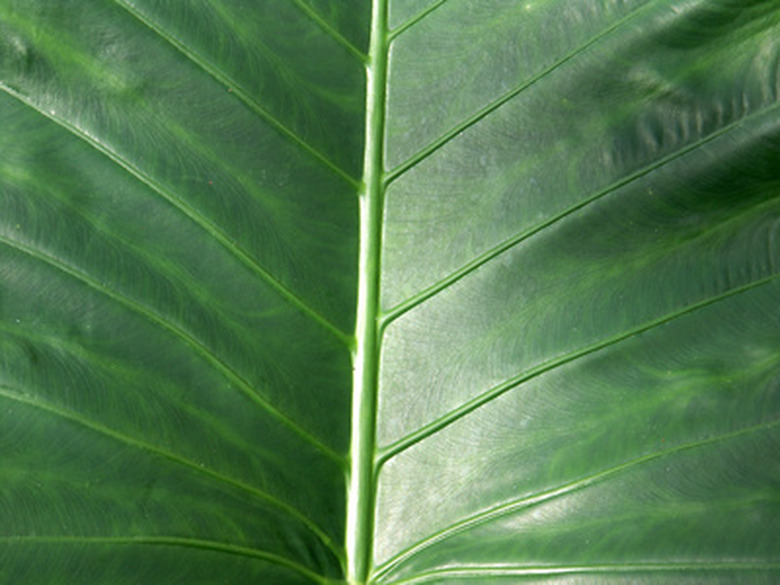Alocasia Plant Care & Information
The Alocasia is the name of a genus in the Araceae family. The genus is comprised of tuberous, bulbous perennials and rhizomatous with broad leaves. Alocasia appears in subtropical, tropical and humid regions ranging from Asia to Australia and Oceania and South America. Approximately 70 different species of the Alocasia are in existence.
Characteristics
The Alocasia has sagittate or cordate leaves that can grow to a height of 8 inches to 3 feet. The leaves grow on petioles that are long. The attractive flowers of the Alocasia are araceous, and appear on the short stalks' ends. They are often concealed behind the petioles of the leaves, however. They tend to vary greatly in color, shape, size and height.
- The Alocasia is the name of a genus in the Araceae family.
- The attractive flowers of the Alocasia are araceous, and appear on the short stalks' ends.
Use
Alocasia plants are commonly cultivated for ornamental purposes. This is because of their attractive appearance, with their glossy and deep green (sometimes silvery) leaves that are shaped similarly to arrowheads and vast heart shapes.
Varieties
There are many varieties of Alocasia plants in existence. Some varieties that are popular for ornamental purposes include the Alocasia cuprea, the Alocasia "Hilo Beauty," the Alocasia x amazonica, the Alocasia brisbanensis, the Alocasia rugosa, the Alocasia macrorrhiza and the Alocasia lutea.
Care
Alocasia plants, when planted outdoors, must be placed where they can receive filtered shade. When grown indoors, they need indirect and bright light in order to thrive. The soil needs to be highly nutrient-rich, which can be accomplished by mulching with organic substances, including leaf mold, compost, cocoa hulls and shredded bark. The plant must be regularly washed to keep the soil surrounding the rhizome moist at all times. The soil must never be allowed to become dry. When the plant is grown in any container, it is important to make sure that it has drainage holes to make sure that the soil doesn't get saturated, which can lead to the rhizome rotting.
- Alocasia plants are commonly cultivated for ornamental purposes.
- Alocasia plants, when planted outdoors, must be placed where they can receive filtered shade.
Pruning
Any stems that are diseased, damaged or dying on Alocasia plants need to be pruned immediately. This can be done by cutting the stem back all the way down to the base with sharp, sanitized secateurs. However, in general, the plants do not require pruning to bring upon healthy growth.
